Discovery in Chinese Tomb Could Change Outlook on the Regions History
A fascinating discovery made by archaeologists in a Chinese tomb could drastically alter our understanding of the region’s ancient inhabitants and shed light on the revered Silk Road trading route that connected Asia to Europe.
The team of researchers stumbled across a selection of unique murals dating back well over a thousand years, which portray scenes of daily life in Tang Dynasty China. However, one particular aspect of the painting has left them astounded.
The Discovery of Unique Murals in China
Archaeologists working in a mountainous region just outside of Taiyuan, the capital of the Chinese province of Shanxi, have discovered the remains of a small yet incredibly decorated tomb thought to stretch back over 1,200 years.
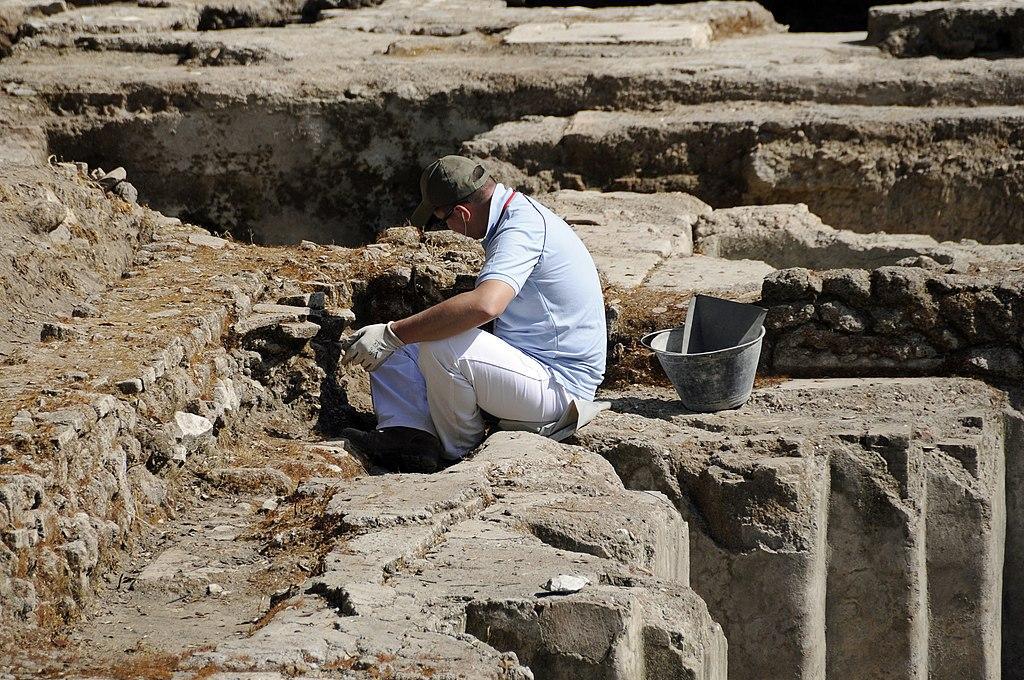
Source: Freepik
After careful analysis, researchers suggested the tomb likely dates to the Tang Dynasty, which ruled China from 618 to 907 CE.
Murals First Discovered in Shanxi in 2018
Despite being small in size, the tomb houses several murals dating back to the same period, which contain fascinating depictions of life in China during that era.
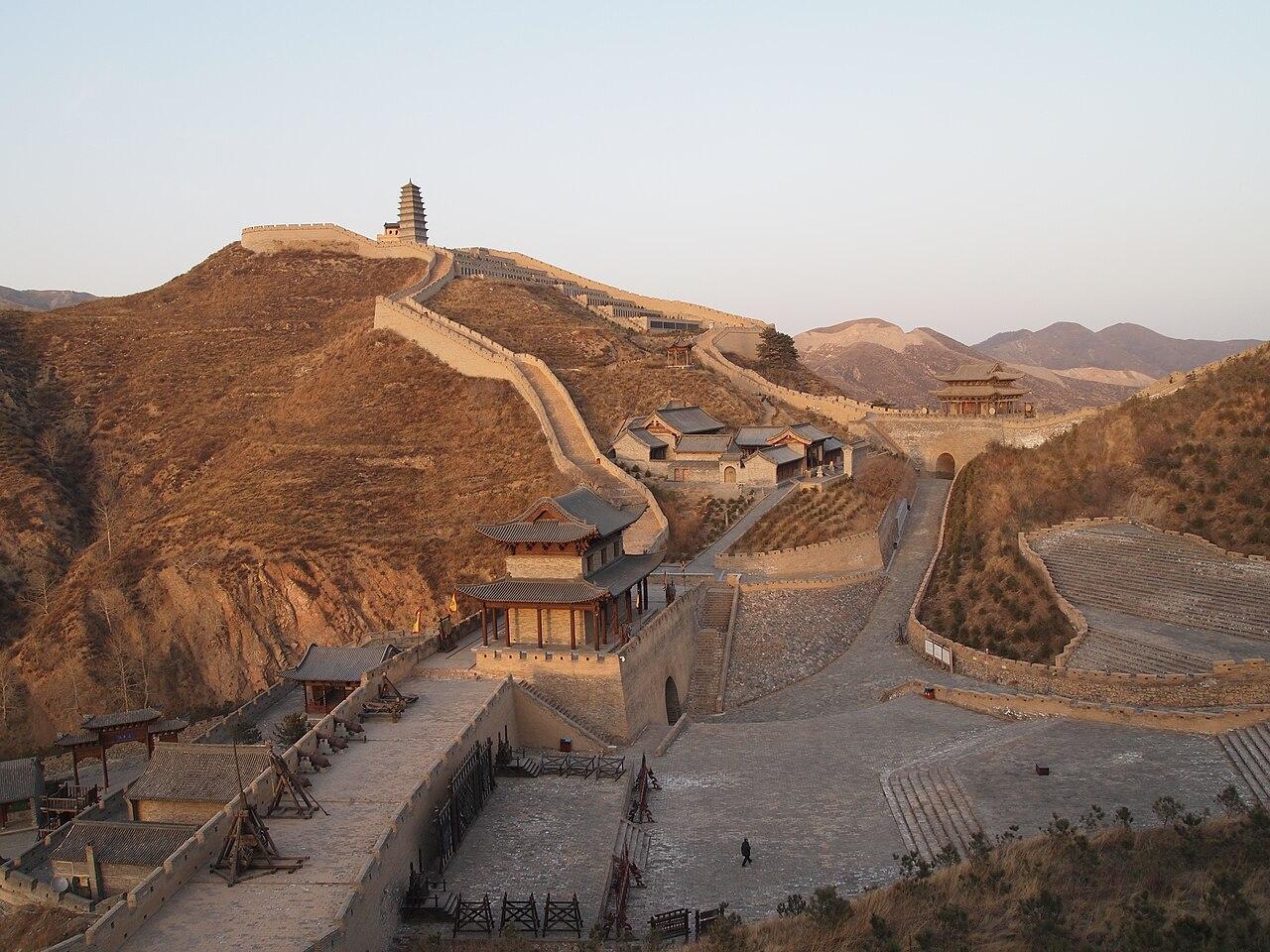
Source: Wikimedia
While the initial discovery was made several years ago following the construction of a hillside road in Shanxi, resorts to the fascinating murals were sparse until Long Zhen, director of the Jinyang Ancient City Research Institute of the Taiyuan Cultural Relics Protection Research Institute, recently shared the details of the discovery.
The Couple in the Tomb
Researchers noted that the murals depicted the same Chinese man and woman, indicating that the paintings showed the daily lives of the couple buried in the tomb.

Source: Mike Bird/Pexels
Other murals show mountains, trees, and camels, and the series of paintings around the coffin may represent the Chinese tomb owner at different stages of his life, Xinhua reported.
Stories Covering the Tomb
The murals that cover the entire tomb except for the floor depict a similar artwork style to other Tang-era murals with strong outlines, simple shading, and two-dimensional artwork.

Source: Freepik
The style coincides with the paintings found in the tomb of Wang Shenzi, a key figure in the late 800s during the fall of the Tang dynasty and the rise of the Song dynasty.
Depictions of Life in 8th Century China
Zhen shared details of the find during an interview with the Chinese media outlet Xinhua, which were later transcribed and shared online.
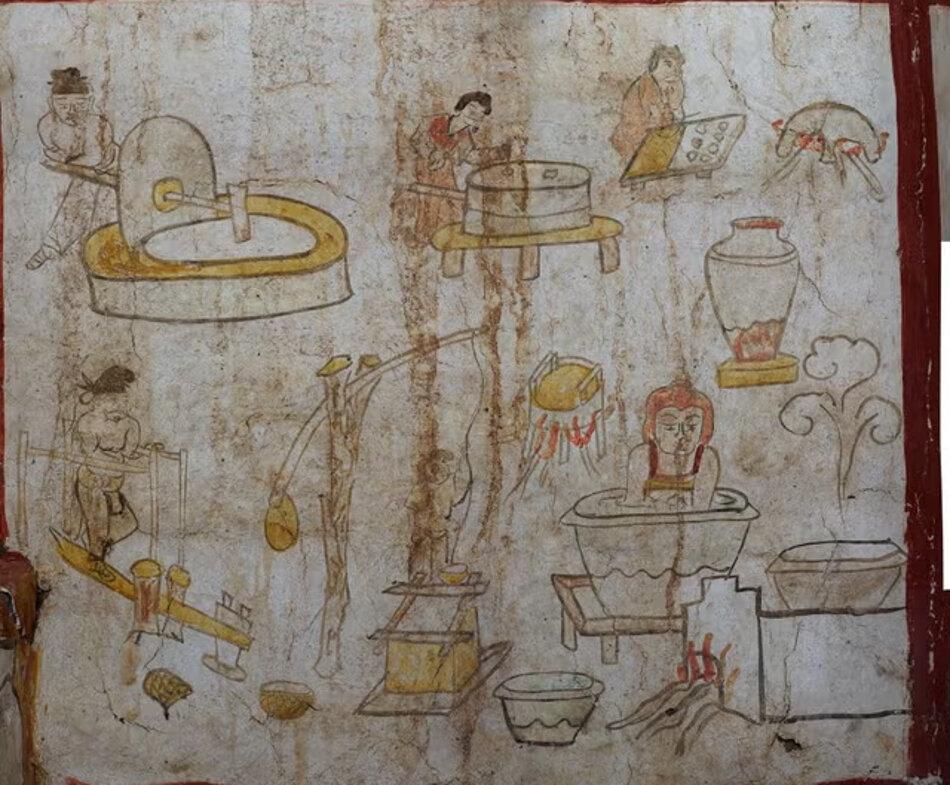
Source: Xinhua News Agency/Facebook
“The tomb has pairs of figures painted on both sides of the tomb door, and paintings of people continue throughout the tomb, including everything from women pushing stones to grind flour to men making pasta, women using oranges to fetch water, and men stepping on hammers to help pound rice,” said Zhen.
The Motif in the Images
Not only was the small, brick tomb covered in paintings, but the gates, corridor, and tomb pedestal holding the coffins were all adorned as well.

Source: Freepik
The domed ceiling strays from the rest of the motif and features a dragon-like image.
Well Preserved Murals
The murals in the tomb appear to be well preserved. “The most familiar theme depicted in these murals is that of human figures under trees — a tradition that harks back to the Han dynasty [206 B.C. to A.D. 220],” Xiong said.
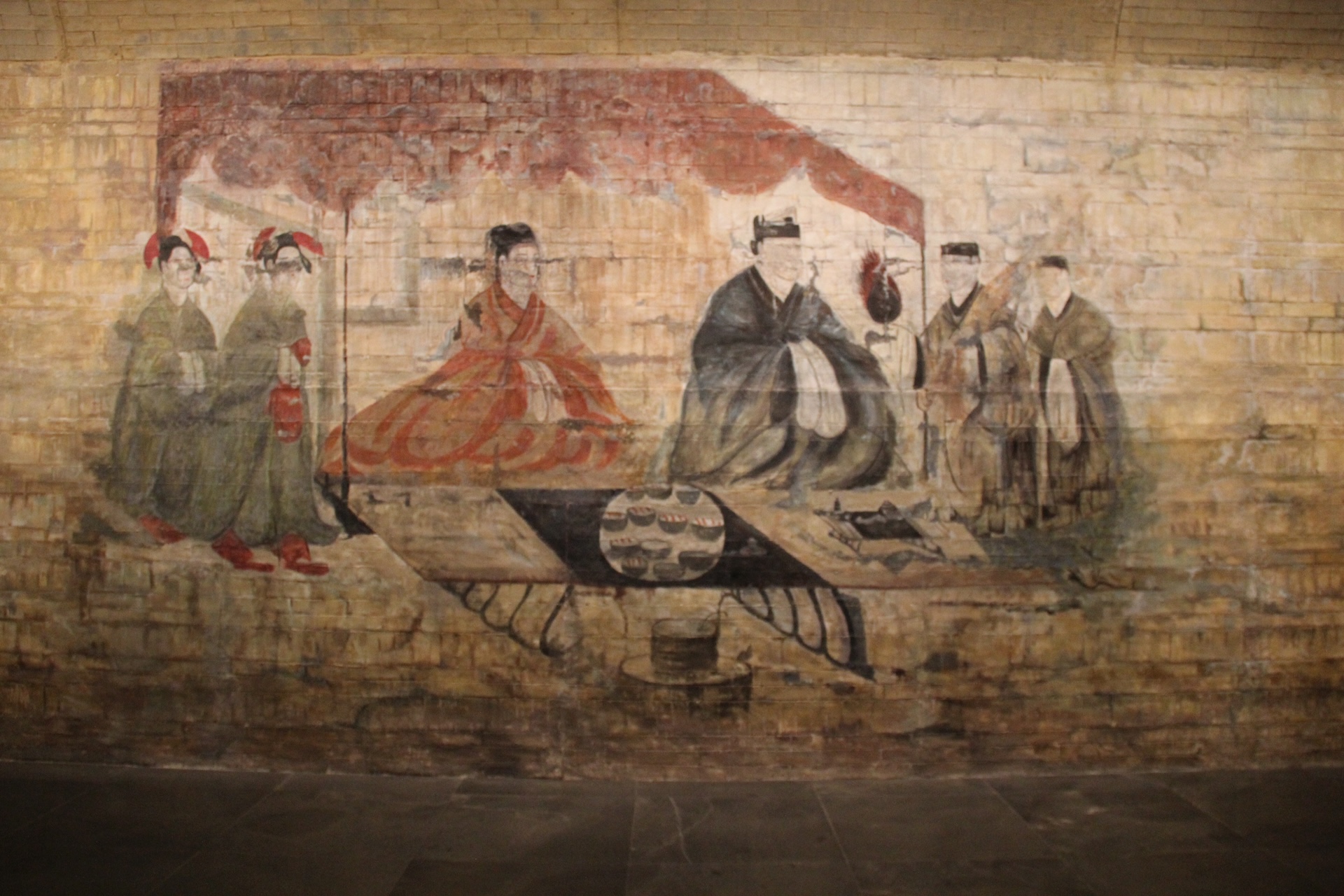
Source: Gary Todd/Wikimedia Commons
Similar murals have been found in China’s Xinjiang, Shandong, Shaanxi, and Gansu regions.
Looking Closer
Upon further investigation, the blond man depicted in the murals was not of Han descent. The signs that led researchers to discover his real decedent came from his clothing and features.

Source: KamranAydinov, Freepik
The characteristics of the man signify that he was one of the many people who traveled along the Silk Road at the height of its popularity.
Depictions of a Westerner in the Murial
While the murals provide a fascinating insight into 8th-century China, several unexpected aspects of the paintings have left researchers perplexed.
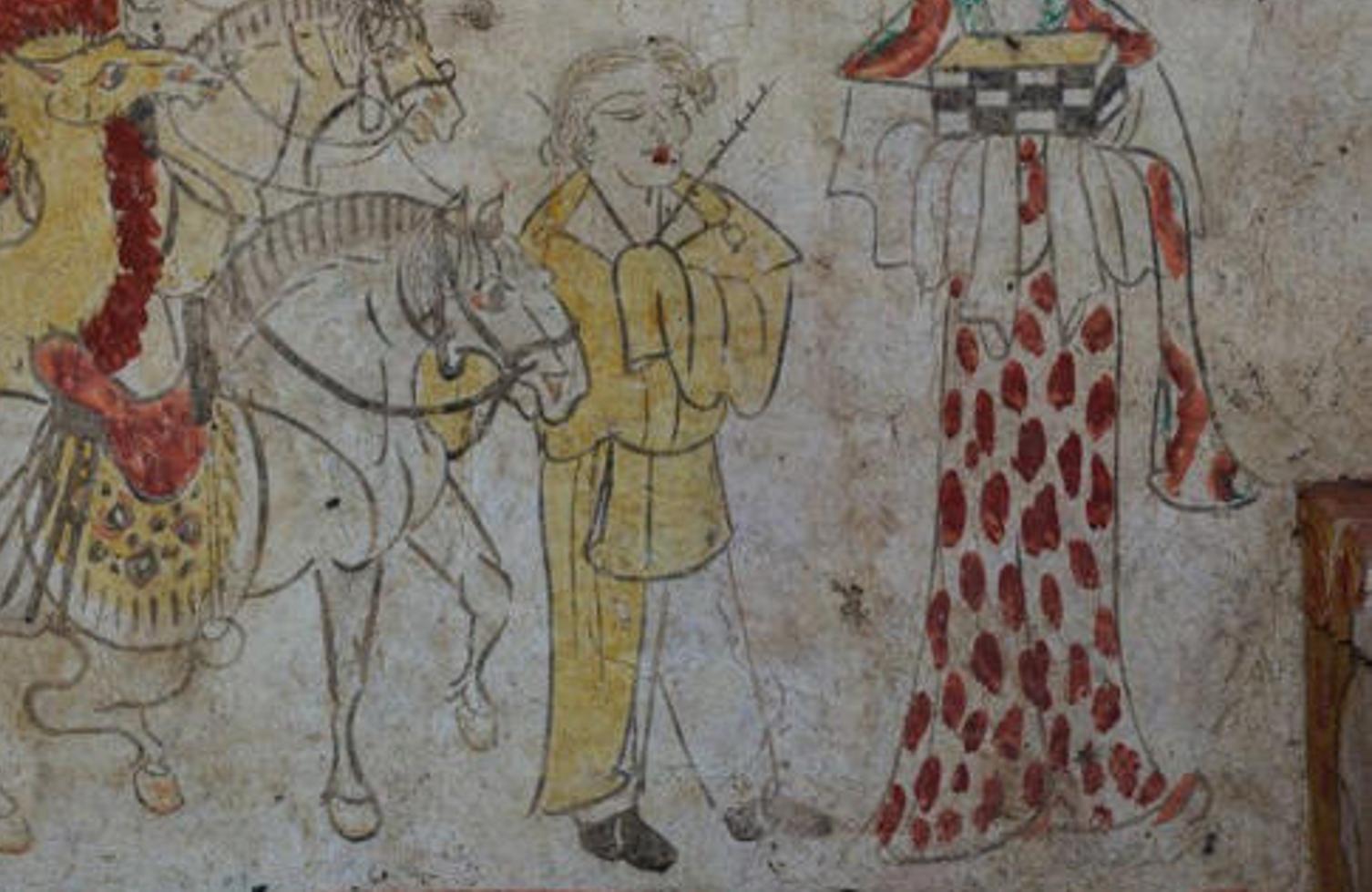
Source: Xinhua News Agency/Getty Images
Some of the paintings clearly show signs of a Western influence, and one of the murals even depicts a bearded, blond-haired figure.
Figures Under the Tree
Experts summarize that the tomb held the remains of a man who died in 736 CE at around 63 years old during the middle of the Tang Dynasty.
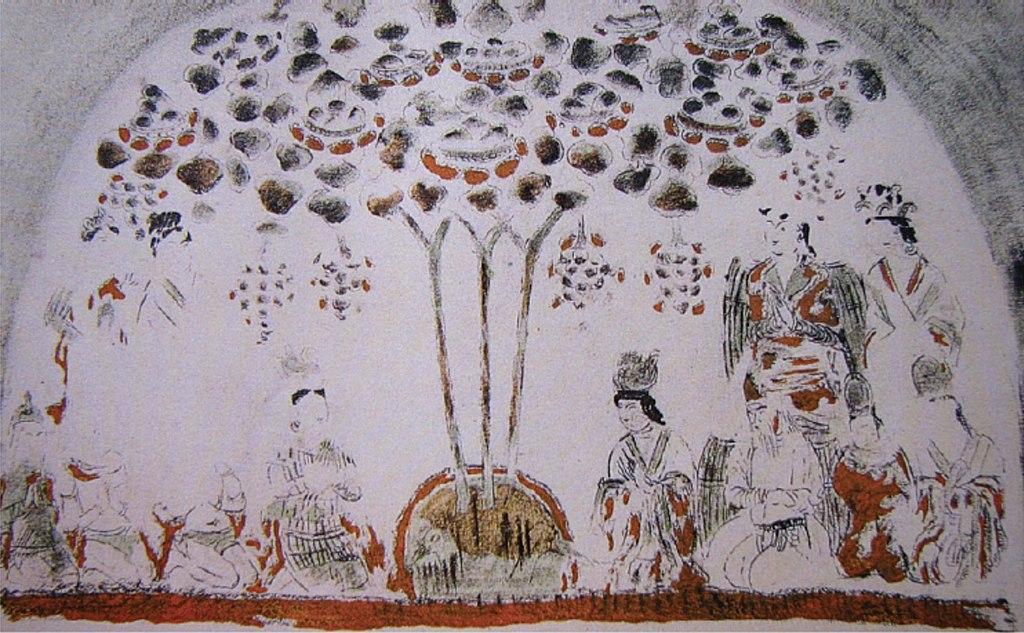
Source: Wikimedia
His tomb was decorated with eight murals in total, in a style known to researchers as “figures under the tree,” which was particularly popular during the era. This style, which depicts the daily life of those living in the region under artistically designed trees, provides a unique window into the cultural and artistic practices of the time.
The Blonde-Haired Westerner
Despite most of the figures portrayed in the murals being of Han ethnicity, one enigma remained: the presence of the blond-haired figure, a mystery that continues to puzzle some researchers.
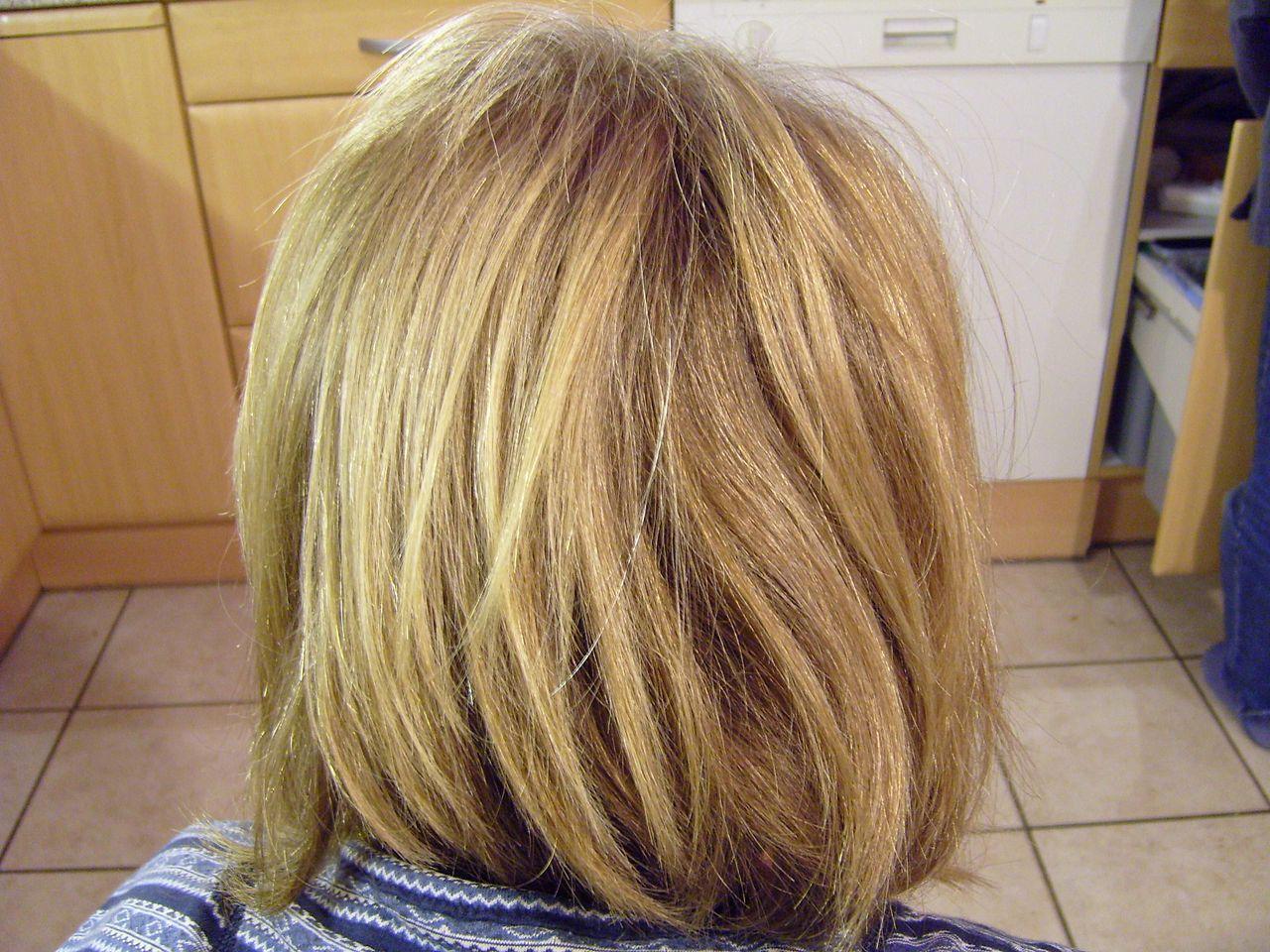
Source: Wikimedia
Speaking on the discovery, Victor Xiong, a professor of history at Western Michigan University who took no part in the discovery, explained that the “Westerner” depicted on the mural leading several camels is likely a figure from Central Asia.
The Sogdian of Uzbekistan
According to Xiong, “Based on his facial features and outfit style, we can identify him as a ‘Westerner’.” He added that he’s likely a Sogdian from Central Asia.
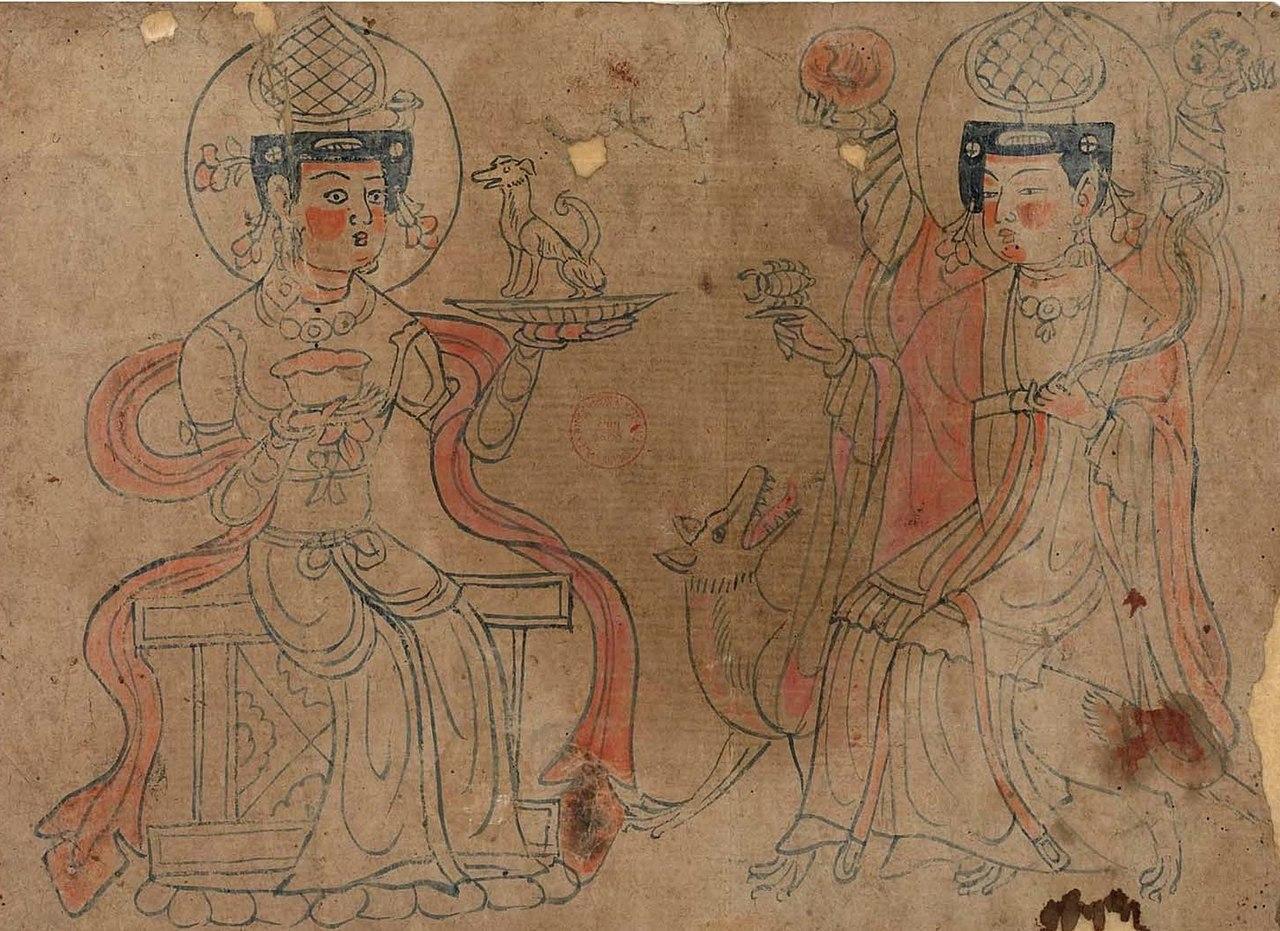
Source: Wikimedia
The Sogdian were an Indo-Iranian group living in present-day Uzbekistan, Tajikistan, and Kazakhstan. Several funerary sculptures showcase some of their population, which had red and fair hair.
Tang-Era Tomb Bears a Striking Resemblance to Another Tomb
The murals cover the entirety of the tomb’s interior, except for the floor. According to the South China Morning Post, the artwork matches other known Tang-era murals.
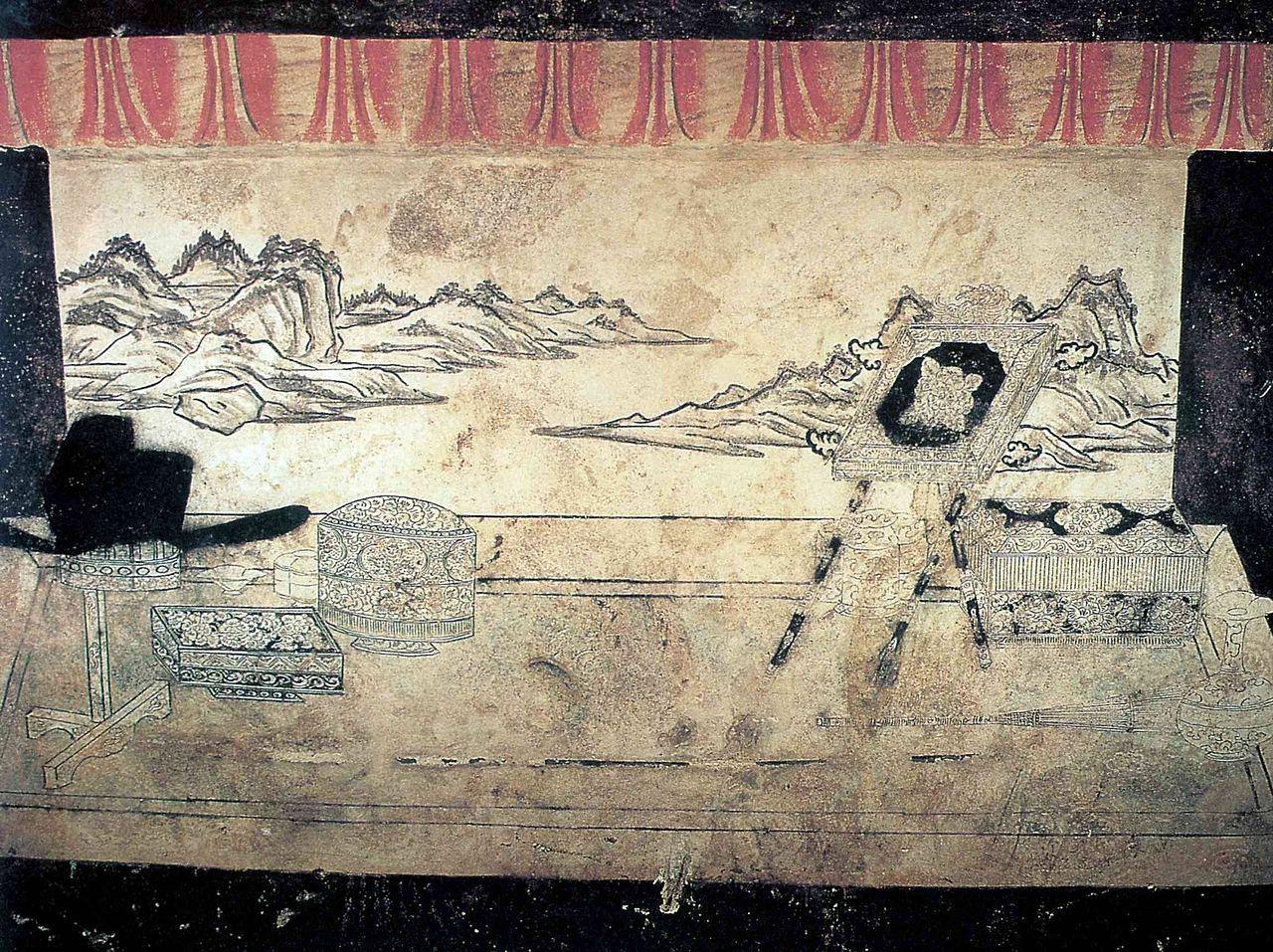
Source: Wikimedia
Zhen is under the impression the unique style of the tombs paintings bear a great similarity to those of Wang Shenzi’s tomb, a figure who lived during the end of the 9th century. The styles are so similar that the researcher proposed the same painter may have decorated the tombs.
Blonde Figure Adds Layer of Mystery to Tomb, Says Researchers
The murals have offered “never-before-seen” examples of Tang-era chores, Xiong told Live Science.

Source: Wikimedia
He believes the paintings in the tomb likely depict the daily lives of the man buried there. However, the presence of a Westerner adds a layer of mystery to the mural, which researchers are still uncertain about.
Not the First Time a Fair-Haired European Showed Up in Asia
The discovery of a blonde figure on the wall is not the first time a fair-haired figure, often associated with Western Europe, has shown up deep in Asia.
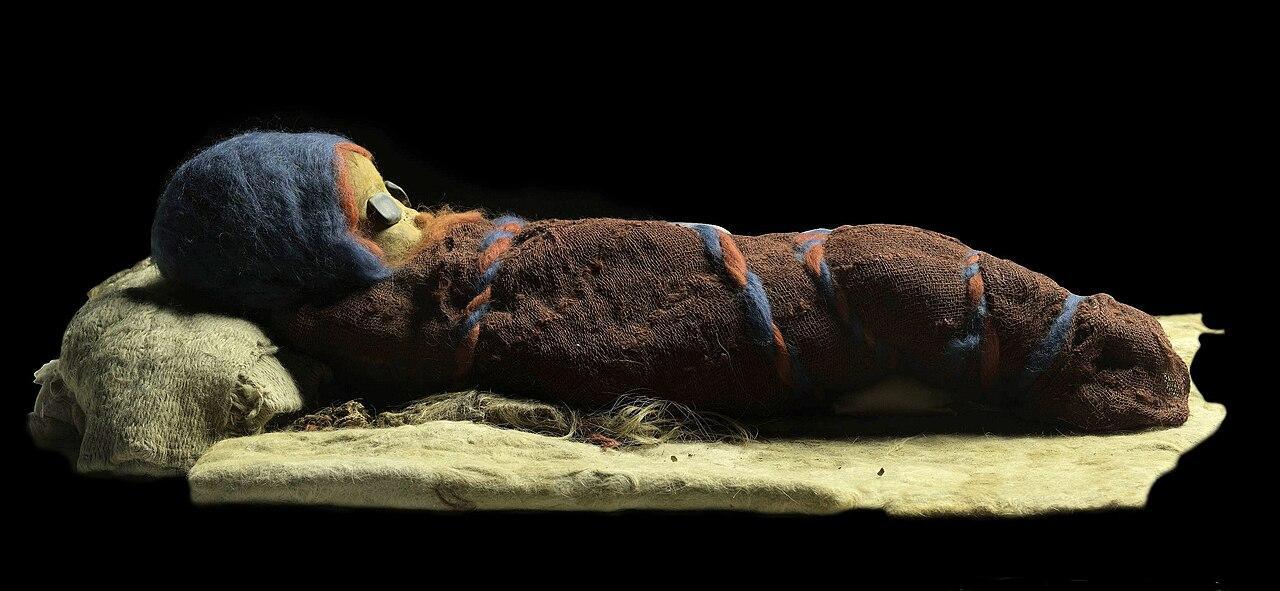
Source: Wikimedia
In 1934, numerous well-preserved mummies were found in the Tarim Basin area of China. Despite being forgotten until 2000, when they were re-examined, Western researchers were fascinated by their red hair and tartan-style clothing often linked with Western Europe.
Indo-Europeans in China
The discovery of red and faired-haired westerns in various regions of China may come as a shock to some. However, it’s fairly common, and a reasonable explanation exists.
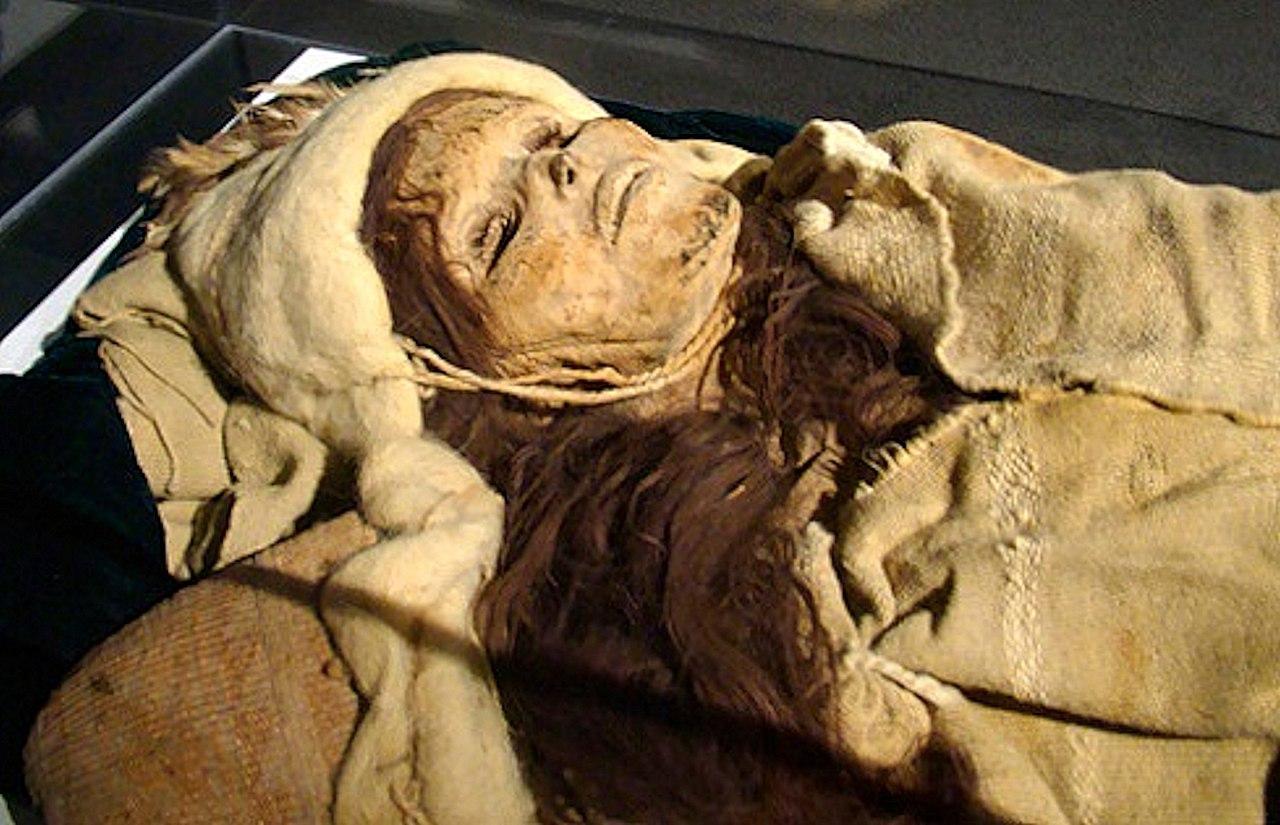
Source: Wikimedia
For the vast majority of history, the earliest speakers of Indo-European and Indo-Iranian languages, to which we ascribe fair hair and blue/green eyes, lived throughout Central Asia. They likely traveled along the lucrative Silk Road trading route, and some may have decided to settle in distant and foreign lands like China.
Blond People in Ancient Asia
Before 1000 AD, many people who resided in what is today Xinjiang had European physical appearances. These people, known to us as Tocharians, spoke a range of extinct Indo-European dialects.

Source: Elina Sazonova/Pexels
While the archaeology around Tocharians is largely absent, it seems that these people were nomadic and were among the amorphous tribes that the ancient Chinese referred to as the “Rong and Di.”
Indo-European Features Fade
Between 500 AD and 1000 AD, Turkic groups coming from Mongolia absorbed the Indo-European group.

Source: World History Encyclopedia
They lost their language as they assimilated into the new dominant group, and Indo-European features gradually disappeared through the generations.
Finding New Homes
Relocating off the Silk Road may have been relatively common throughout history. Some of the most common reasons included trade, cultural exchanges, and political movements.

Source: Freepik
The reasons and patterns for why people or groups of people relocated through the Silk Road varied depending on the period and people involved.
Relocating Along the Silk Road
Relocation along the Silk Road was part of the broader movement of people throughout history, driven by the search for trade, security, religious freedom, and better living conditions.
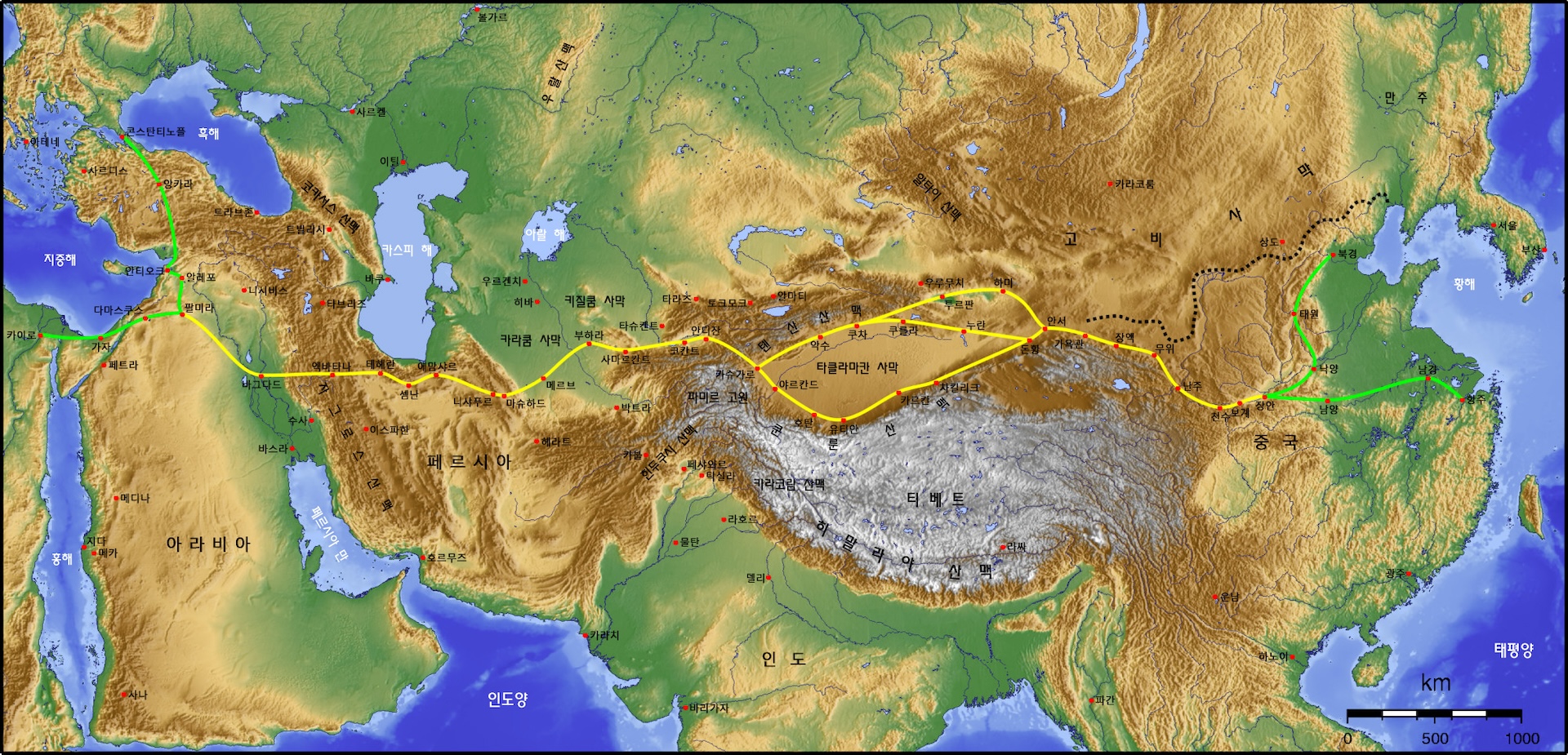
Source: Jyusin/Wikimedia Commons
Others saw the road as a great connection that gave them easy access to many cities throughout two continents.
The Fall of the Silk Road
During the Tang dynasty, the Silk Road was in full swing. From 130 BC until 1453 AD, traders from Europe frequently traveled the pathway to East Asia until the Ottoman Empire closed off trade with the West.
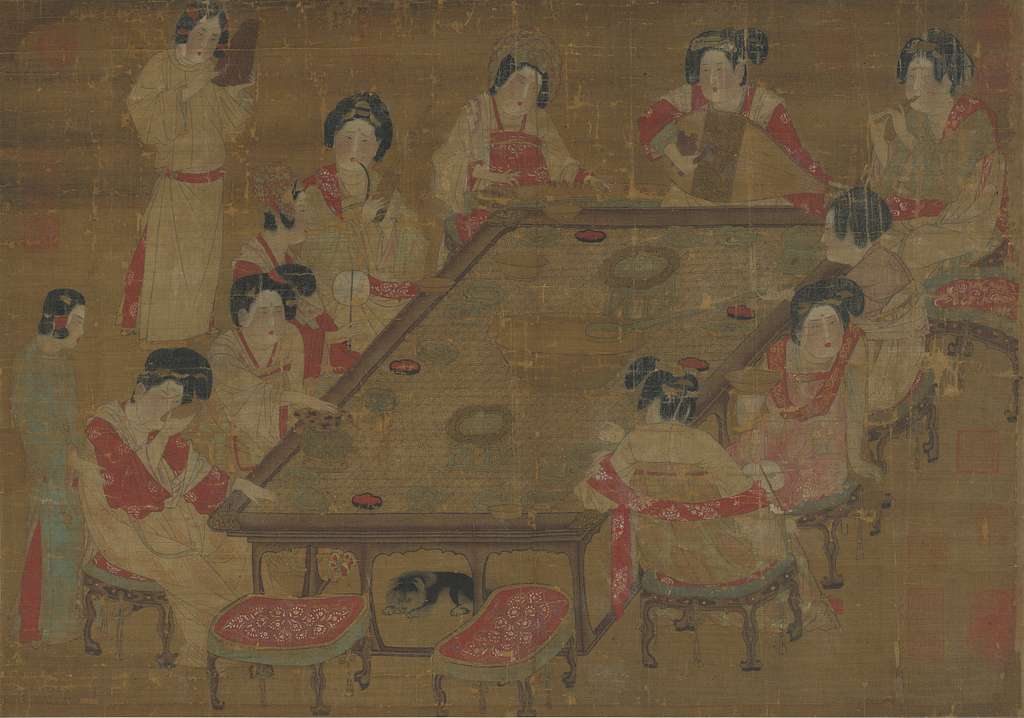
Source: GetArchive
It would not be unlikely for a man with blond hair to have met someone and decide to stay and live the rest of his life in Asia.
The Silk Road Shuts Down Even More
The Ottoman Empire controlled the western end of the Silk Road and began taking goods and imposing religious rules on traders crossing into their lands.

Source: fdecomite/Wikimedia Commons
Another factor that led to the Silk Road closing was the spread of the Black Plague, which devastated Europe in the 14th century. To limit the spread of the disease, the art of the Silk Road in Europe was shut down.
Death and Romance
While the discovery of a blond man might spark curiosity in many amateur historians, there is a likely answer behind this: human nature.

Source: Drew Coffman/Unsplash
Humans constantly travel, looking for a place to prosper. This man seemed to find work and romance in China and stayed for the remainder of his days.
